How To Pack Fragile Items
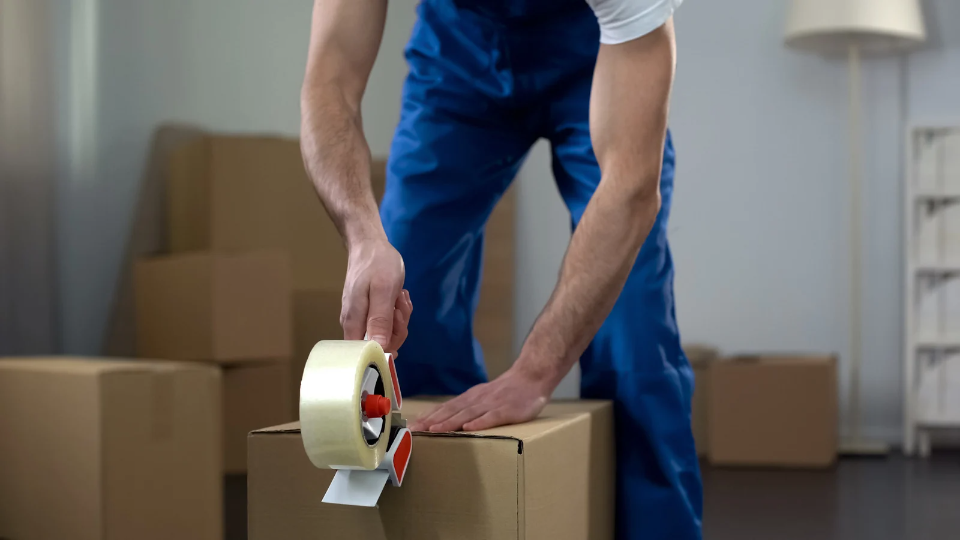
Summary: This detailed guide walks you through how to pack fragile items, ensuring their safety during your move. From selecting the right supplies to sealing and labeling your boxes, Qshark Moving Company shares industry secrets for a hassle-free moving experience.
Short Read:
| Steps | Summary |
|---|---|
| Introduction | Overview of the importance of properly packing fragile items for moving. |
| Choosing the Right Supplies | Discussion about the crucial supplies needed: Packing Paper, Packing Tape, and Bubble Wrap. |
| Choosing the Right Box | The importance of selecting an appropriately-sized box for your items. |
| Packing the Item | Step-by-step process of wrapping and protecting individual items. |
| Packing the Box | Instructions on how to layer and arrange items within the box. |
| Sealing and Labeling the Box | Details on how to securely close the box and appropriately label it. |
| Special Tips for Specific Items | Special considerations for certain items like mirrors, dishes, electronics, and antiques. |
| Conclusion | Final thoughts and encouragement, including the services offered by Qshark Moving Company. |
I. Introduction
Moving can be stressful, especially when packing and transporting fragile items. These belongings often hold both monetary and sentimental value, making their safety a top priority. But how can you ensure these items arrive at your new home in one piece? The key is in how you pack them. At Qshark Moving Company, we understand the challenges that come with moving. This guide aims to equip you with the knowledge and skills to pack your fragile items securely.
You’ll need a few essential supplies to start, which can be found conveniently via the included links. We highly recommend the use of these specific packing materials due to their proven effectiveness and quality:
Each of these items plays a vital role in protecting your fragile belongings. They work together to provide a sturdy, cushioned environment that absorbs shocks and prevents damage.
In this guide, we’ll go over every detail of the packing process, from selecting the right box to safely moving your items. So, whether you’re packing precious heirlooms, delicate glassware, or your favorite home decor, you can rest easy knowing they’re packed for a secure journey. Let’s get started!
Short Cuts:
This guide has been split into the following sections for easier navigation. Feel free to jump to any section that you need assistance with:
- Selecting the Right Box
- Packing the Box
- Wrapping Fragile Items
- Securing the Wrapping with Packing Tape
- Packing the Item in the Box
- Sealing and Labeling the Box
- Safely Stacking and Moving Boxes
Following the steps and techniques outlined in this comprehensive guide, ensure your fragile items are as safe as possible during transit. Not only will you be more confident in your packing abilities, but you’ll also be able to focus on the excitement of your move rather than worrying about potential breakages.
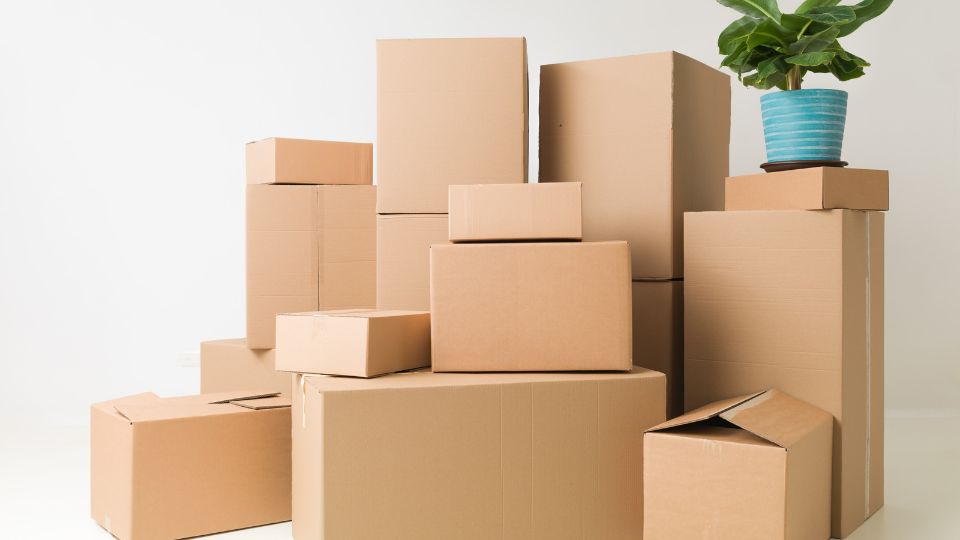
II. Selecting the Right Box
Choosing the right box is the first step in ensuring the safety of your fragile items. Not every box is created equal; using the right kind can make all the difference.
- Size: Select a box slightly larger than the item you’re packing. This leaves room for protective material such as bubble wrap, packing paper, and padding. However, too large a box can also be a problem, as it allows the item to move around and potentially get damaged.
- Strength: Look for a strong, sturdy box that can withstand the weight of your items. Fragile items can be surprisingly heavy, and a weak box can give way during the move. A double-walled box is ideal for heavier items.
- Condition: Use new or lightly-used boxes whenever possible. Overused boxes lose their structural integrity and can easily collapse. A fresh box provides the best protection.
You can pack your fragile item once you have selected the right box. Remember, using the right box is as important as how you pack the item. If you need a reliable source for quality boxes, Qshark Moving Company can help guide you to suitable options.

III. Packing the Box
Packing the box correctly is crucial in ensuring the safety of your fragile items. Here’s how you should go about it:
- Cushioning: Before placing your item in the box, line the bottom with crumpled Packing Paper. This creates a cushioning layer that can absorb shocks during the move.
- Packing Peanuts: You can also use packing peanuts for additional protection. They fill up any extra space in the box and prevent the item from moving around.
- Bubble Wrap: Wrap your item in Bubble Wrap before placing it in the box for optimal protection. Ensure the item is completely covered and secured with Packing Tape.
- Placement: Place the wrapped item in the box. If you’re packing multiple items in the same box, start with the heaviest item at the bottom. Be sure to leave space between items and the sides of the box.
- Extra Protection: Fill the remaining spaces with crumpled packing paper or peanuts. This prevents items from shifting during transit.
By following these steps, you’ll provide your items with a protective environment that can withstand the rigors of moving. The correct use of packing materials will keep your fragile items safe and sound.
IV. Wrapping Fragile Items
Properly wrapping your fragile items is a vital step in the packing process. Here’s a step-by-step guide to doing it effectively:
- Lay Out Your Materials: On a clean, flat surface, lay out your Packing Paper and Bubble Wrap.
- Wrap with Packing Paper: Start by wrapping your item with packing paper. This helps to prevent scratches and provides a basic layer of protection. For items like dishes or glassware, first stuff the interior with crumpled paper for extra security.
- Apply Bubble Wrap: Next, wrap your item in bubble wrap. The bubble wrap provides a cushion that absorbs shocks and impacts during the move.
- Secure the Wrap: Secure the wrap with Packing Tape. Ensure all edges and ends of the bubble wrap are taped down to stay in place.
Remember, take your time with this process. It might seem tedious, but careful wrapping protects your fragile items. The more securely an item is wrapped, the less likely it is to be damaged in the move.
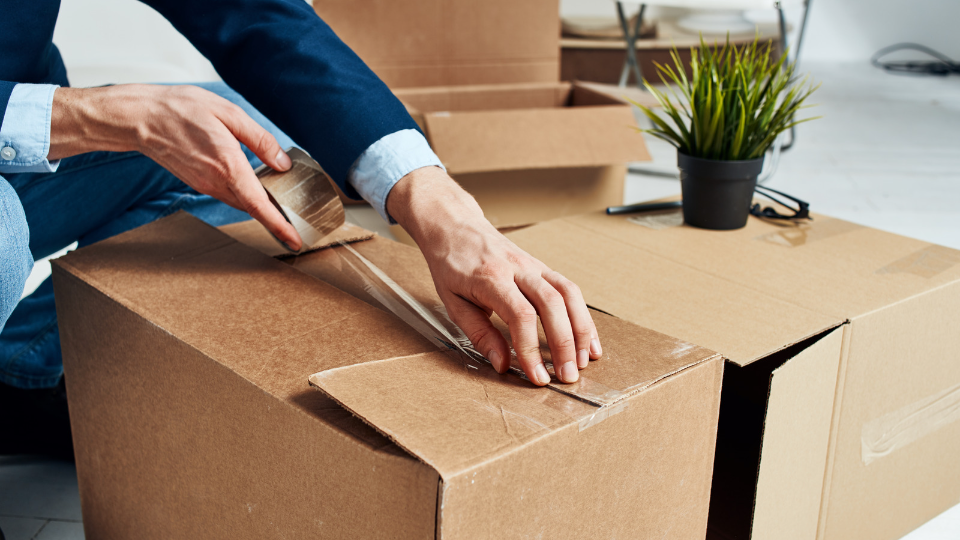
V. Securing the Wrapping with Packing Tape
Once your items are properly wrapped, it’s time to secure everything with packing tape. This will ensure the wrapping stays in place and protects your items during the move.
- Tape All Edges: Run the Packing Tape along all edges and seams of the bubble wrap. This ensures that the wrap is secured and won’t unravel.
- Multiple Layers: Don’t be afraid to use multiple layers of tape, especially around areas with a lot of stress or wear. This reinforces those areas and helps prevent tears or breaks.
- Smooth Out: After applying the tape, smooth it out with your hand to ensure it adheres fully and there are no bubbles or loose areas.
Taping might seem like a small step, but it’s an essential part of packing. The right tape applied correctly can make all the difference in ensuring your items stay safe and secure during the move.
VI. Packing the Box
Packing the box properly is crucial for the safety of your fragile items. Here’s how to do it correctly:
- Prepare the Box: First, reinforce the bottom of the box with extra Packing Tape. This will provide an extra layer of security and prevent the box from breaking under weight.
- Layer of Padding: Add a thick layer of crumpled Packing Paper or Bubble Wrap at the bottom of the box. This acts as a shock absorber during the move.
- Place Your Items: You can place your wrapped fragile items in the box. Place heavier items at the bottom if you’re packing multiple items in the same box. Also, try not to leave too much space as this can allow items to shift during the move.
- Fill Empty Spaces: Fill empty spaces with crumpled packing paper or bubble wrap. This will help keep items secure and prevent them from moving around in the box.
- Final Padding Layer: Finally, add another layer of bubble wrap or crumpled paper before closing the box. This ensures that your items are snug and protected on all sides.
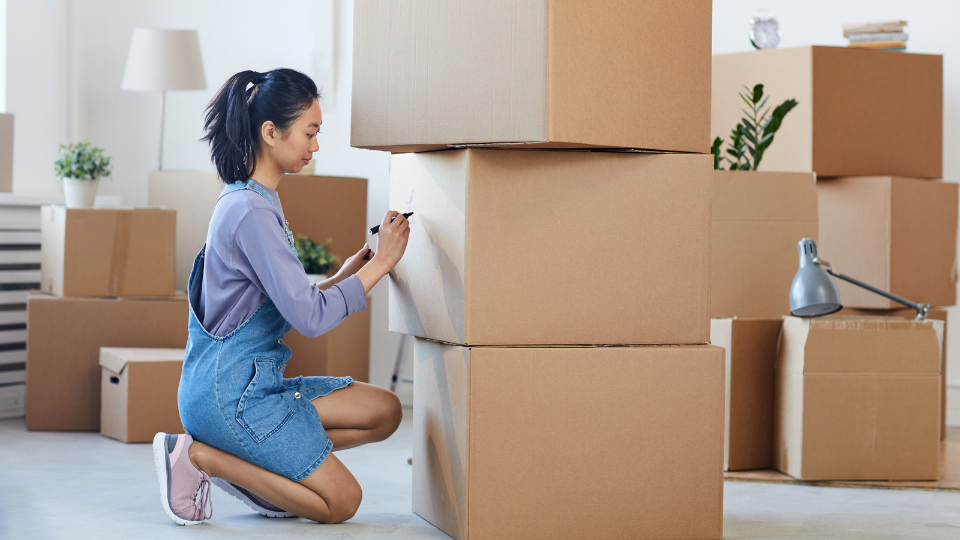
VII. Sealing and Labeling the Box
- Seal the Box: Once you’ve packed your items, close the box flaps and seal them with generous packing tape. It’s a good idea to apply tape in both directions – across the top and down the sides of the box.
- Label Correctly: Label the box as “FRAGILE” using a thick marker. You can also briefly describe the contents and the room they belong to (e.g., “FRAGILE – Kitchen Glassware”). This will remind you to handle the box carefully and help you stay organized during unpacking.
VIII. Special Tips for Specific Items
Certain fragile items require special attention or methods of packing. Here are a few examples:
- Mirrors and Frames: For items like mirrors or picture frames, use painter’s tape to create an ‘X’ on the glass. This helps to prevent it from shattering. Then, wrap in packing paper and a generous layer of bubble wrap. Consider investing in specialty mirror or picture frame boxes for added protection.
- Dishes and Glasses: Wrap each dish and glass separately in packing paper, then bubble wrap. For glasses, consider using a cell box with individual compartments for each item to prevent them from knocking against each other.
- Electronics: If possible, pack electronics in their original boxes. If these aren’t available, wrap them in packing paper and bubble wrap, then place in a box that’s about the same size as the item. Fill any space with packing paper or foam peanuts.
- Antiques and Valuables: These items should be handled with extra care. It may be worth hiring professionals or getting them professionally packed. If you do decide to pack them yourself, use plenty of packing paper, bubble wrap, and ensure they are snugly packed in their box with no room to move.
IX. Conclusion
Packing fragile items takes time, patience, and the right technique. But with careful preparation, the right packing materials, and attention to detail, you can ensure your breakables are well-protected for the move.
Remember, the goal is to ensure that everything arrives at your new home in the same condition it left the old one. The right packing methods can make all the difference, whether moving a short distance or across the country.
If you’re overwhelmed by the process, remember that Qshark Moving Company is here to help. We offer professional packing services that remove the stress of moving, ensuring your items are packed safely and efficiently.
The journey to a new home can be filled with many challenges, but with a little preparation and the right guidance, it can also be an exciting adventure. Here’s to a successful move!


 How to Label Moving Boxes
How to Label Moving Boxes Tips to Handle Moving Stress
Tips to Handle Moving Stress Tips to Declutter Before Moving
Tips to Declutter Before Moving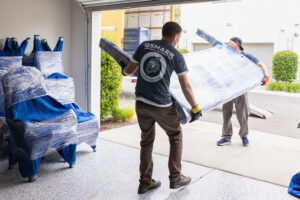 How to Pack a Garage for Moving
How to Pack a Garage for Moving How to Pack a Desktop Computer for Moving
How to Pack a Desktop Computer for Moving